The You said, I think structure helps people to listen actively and build on each other’s ideas.
In whole-class, partner or group talk, ask students to begin their responses with You said…
Expect them to demonstrate that they’ve heard their peer’s point, before they make their own.

Photo: David Trent
By using this straightforward, easy-to-remember oracy structure, you will quickly improve student-to-student listening and start to develop respectful, thoughtful dialogue in your classroom.
Three examples:
Science
Student 1: Metal is a good conductor because heat travels through it quickly.
Student 2: You said metal is a good conductor because heat travels through it fast. I think that’s true, and that’s why pans are metal. Also they sometimes have plastic handles, because plastic doesn’t conduct heat so well.
Geography
Student 1: I think richer countries should do more to reduce emissions, because they produce more carbon.
Student 2: Okay, so you said rich countries should do more. Yes, that’s fair. I also think developing countries should get support to use greener energy, otherwise they can’t grow economically.
English
Student 1: Macbeth kills Duncan because Lady Macbeth pressures him.
Student 2: You said Macbeth kills Duncan because of Lady Macbeth. I agree that’s part of it, but I think his ambition might have been the biggest factor.
Seasonal versions of some well-known oracy games
A great way to get students used to talking to different people
A structure which develops speaking and listening, and can be used across the curriculum
How one teacher raises accountability using a quick and simple technique
Collaboration is much more likely when pupils have to do a shared piece of work
Give students opportunities to say and apply new vocabulary
Learners recall fiction, processes, explanations and more by listening and building on what others have said
Give pupils the skills and resilience to work with a diverse range of people
Help students to use the language of Maths
My top three strategies to make sure every pupil speaks during whole-class learning
Statements to get your class thinking and talking in the lead-up to the holidays


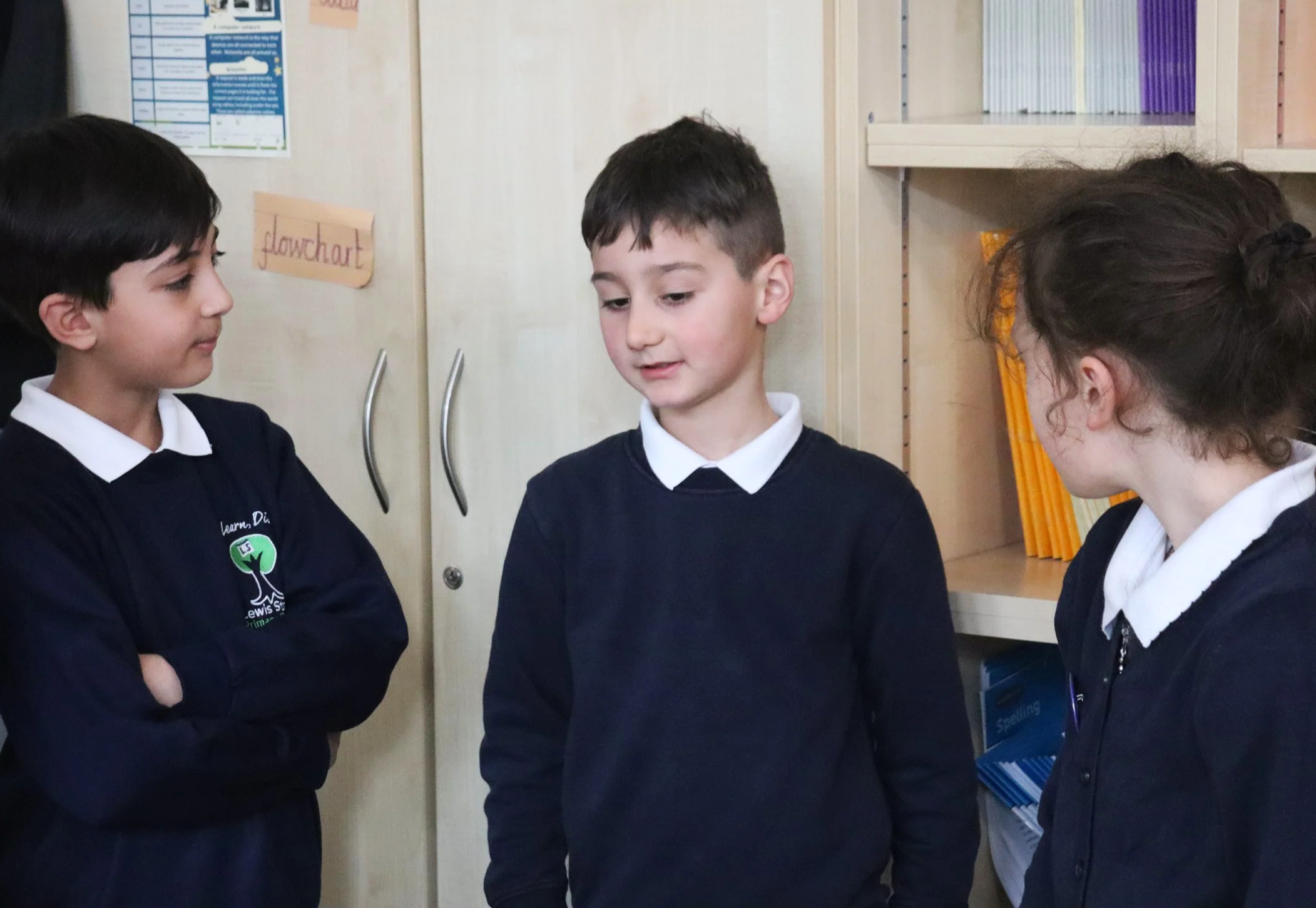

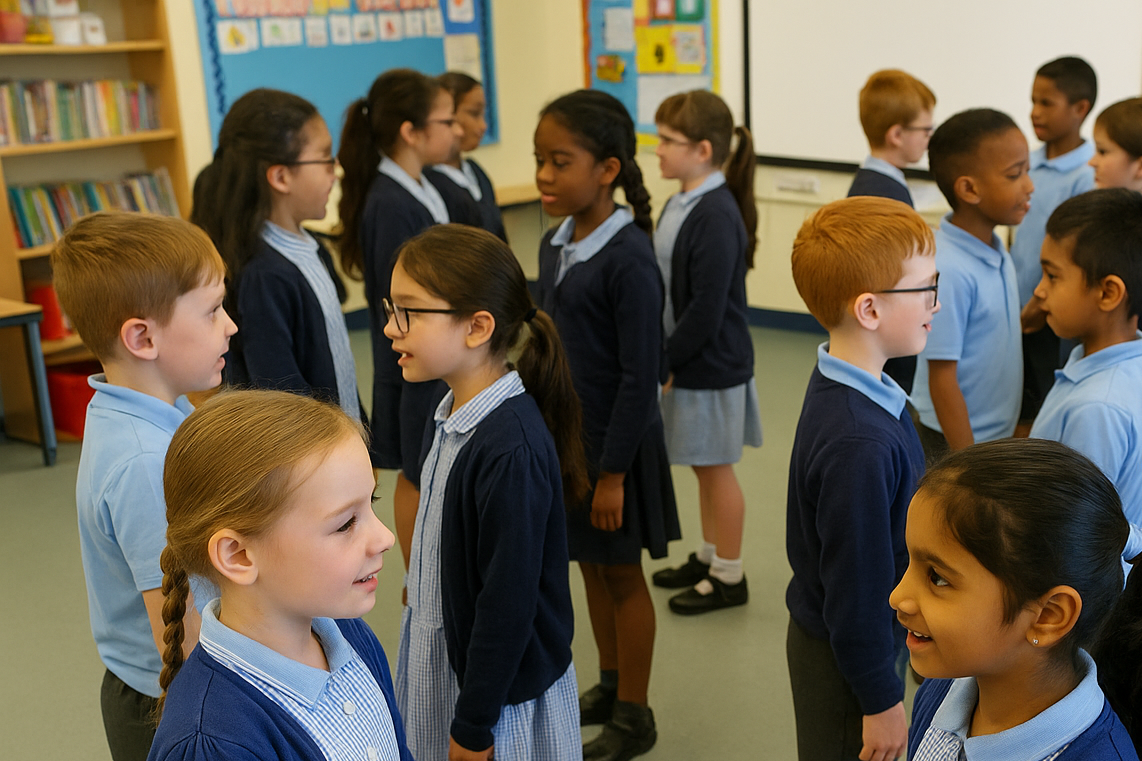



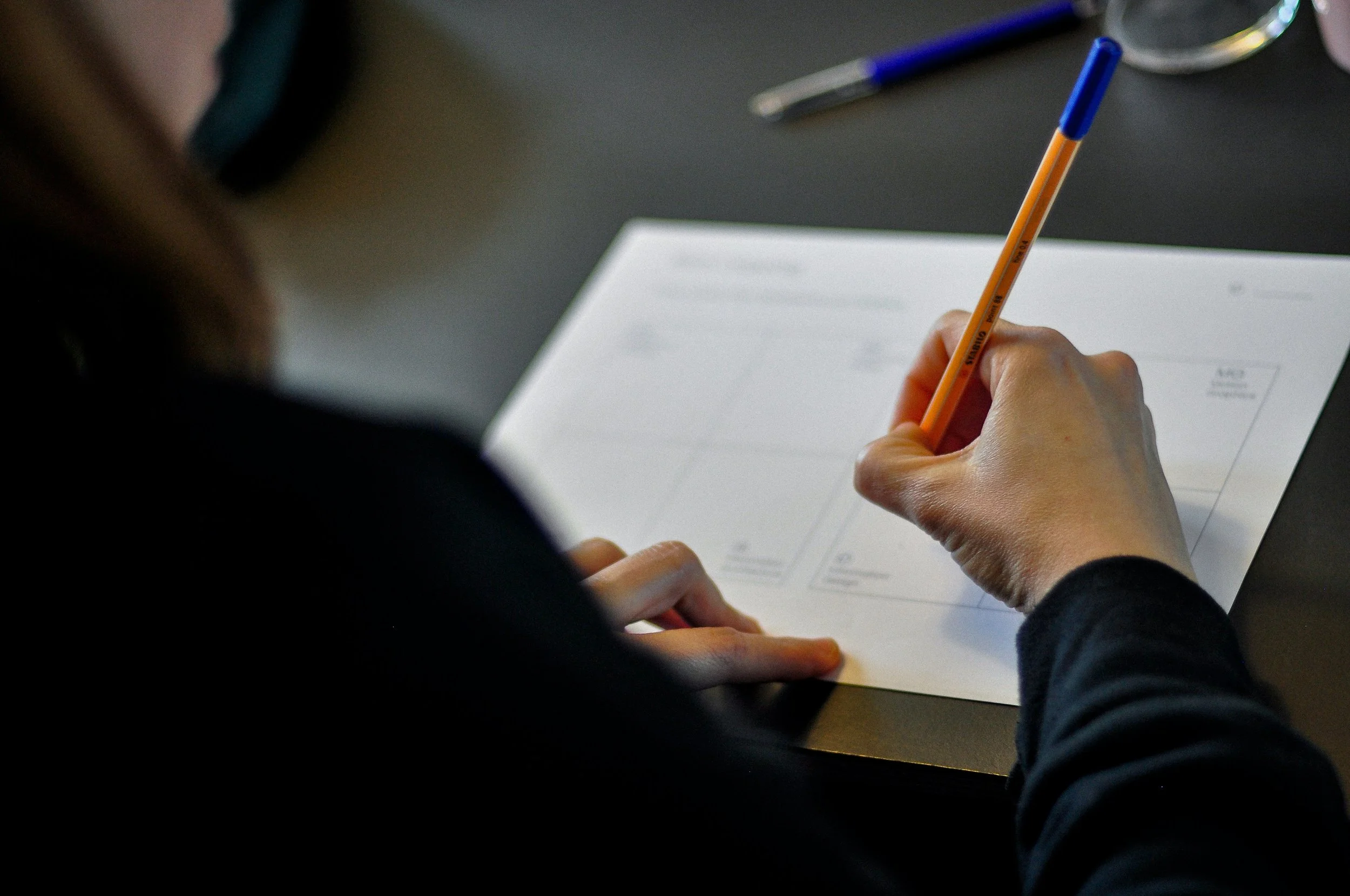
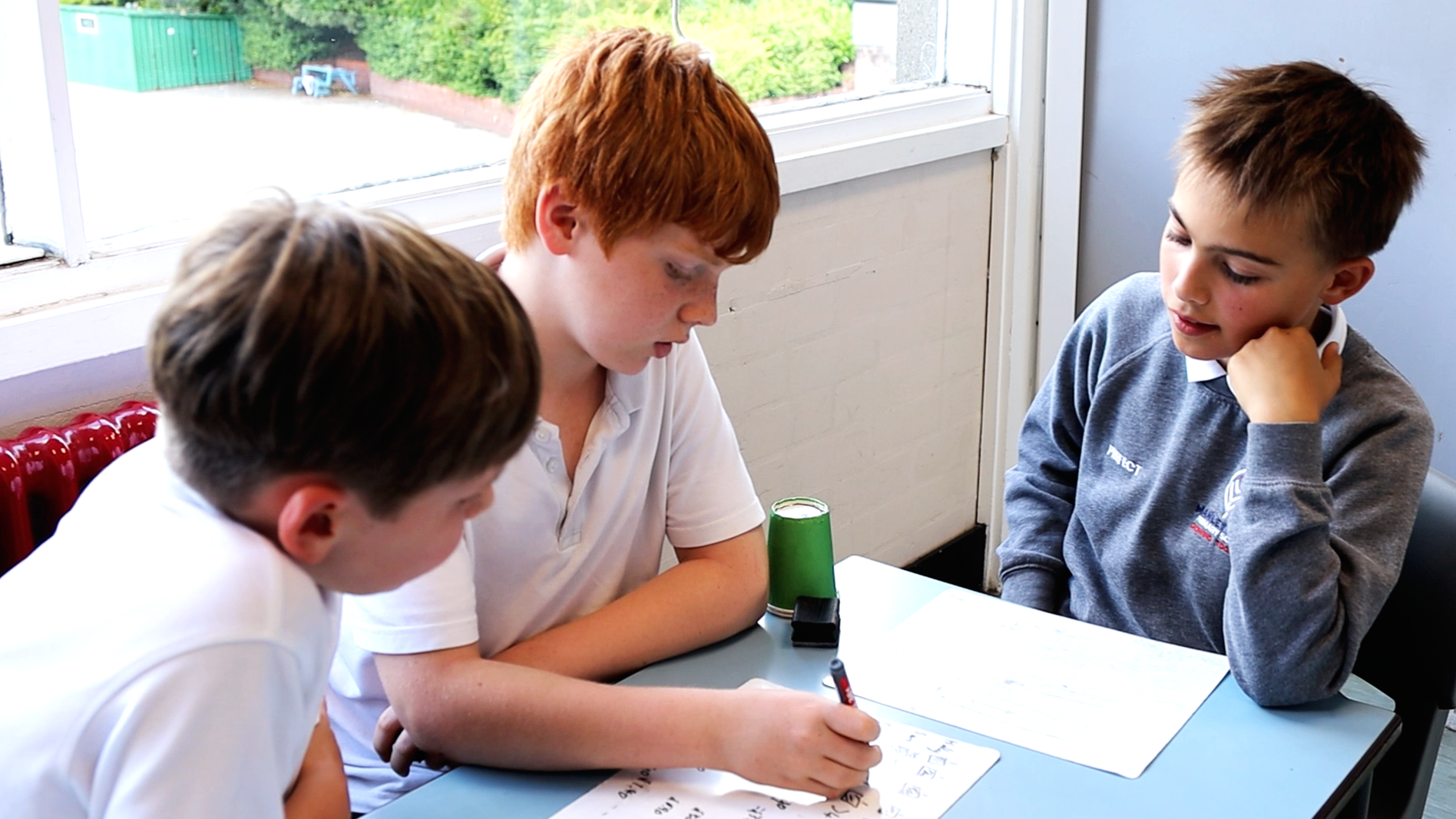
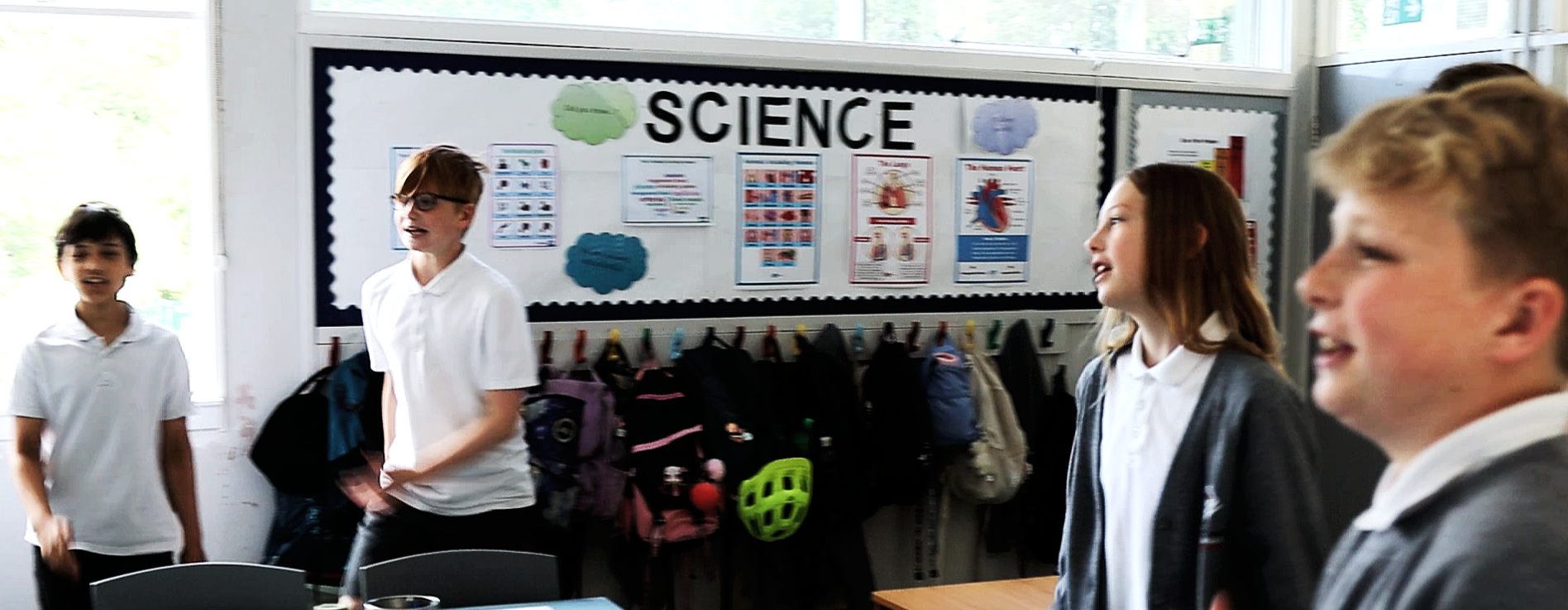




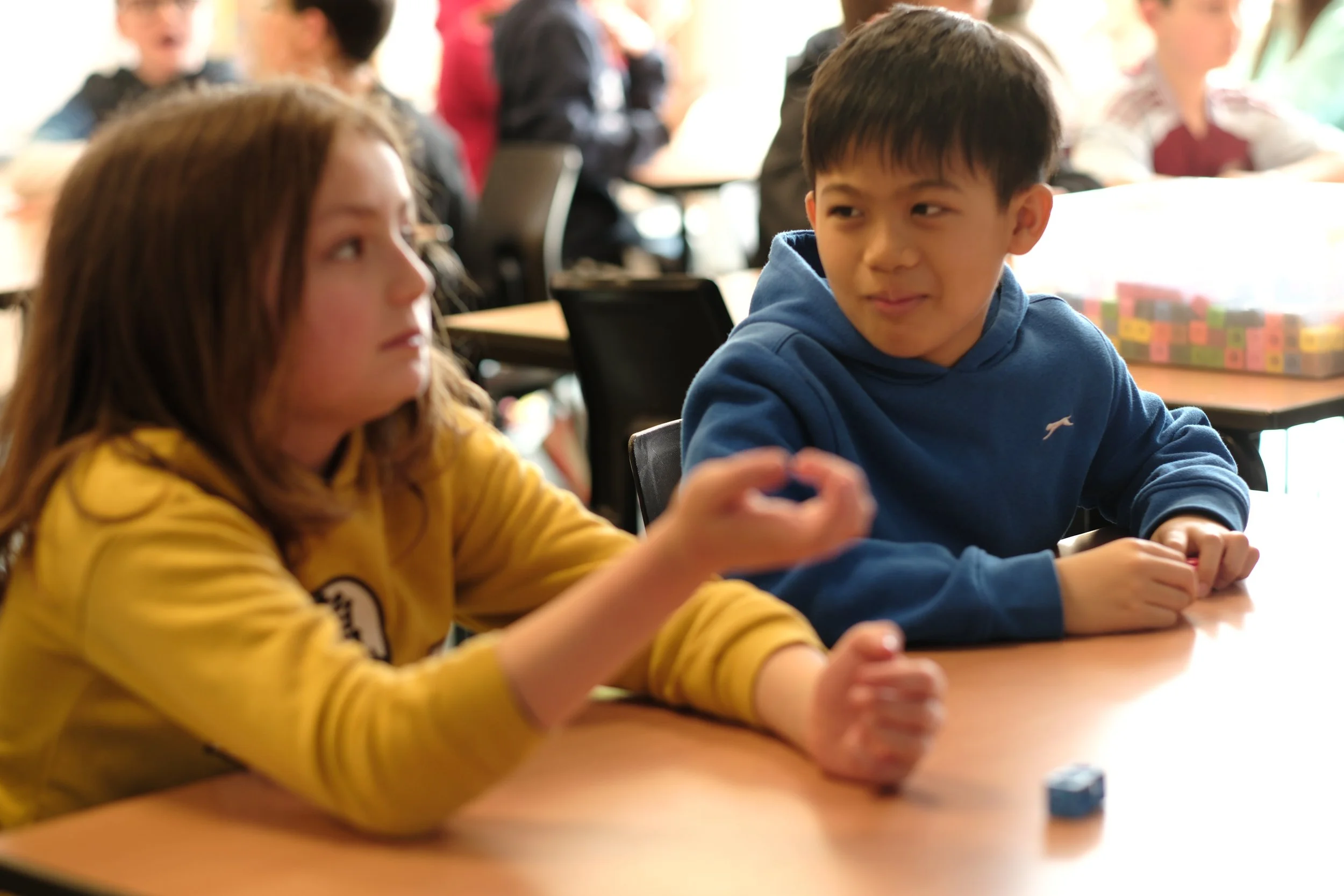
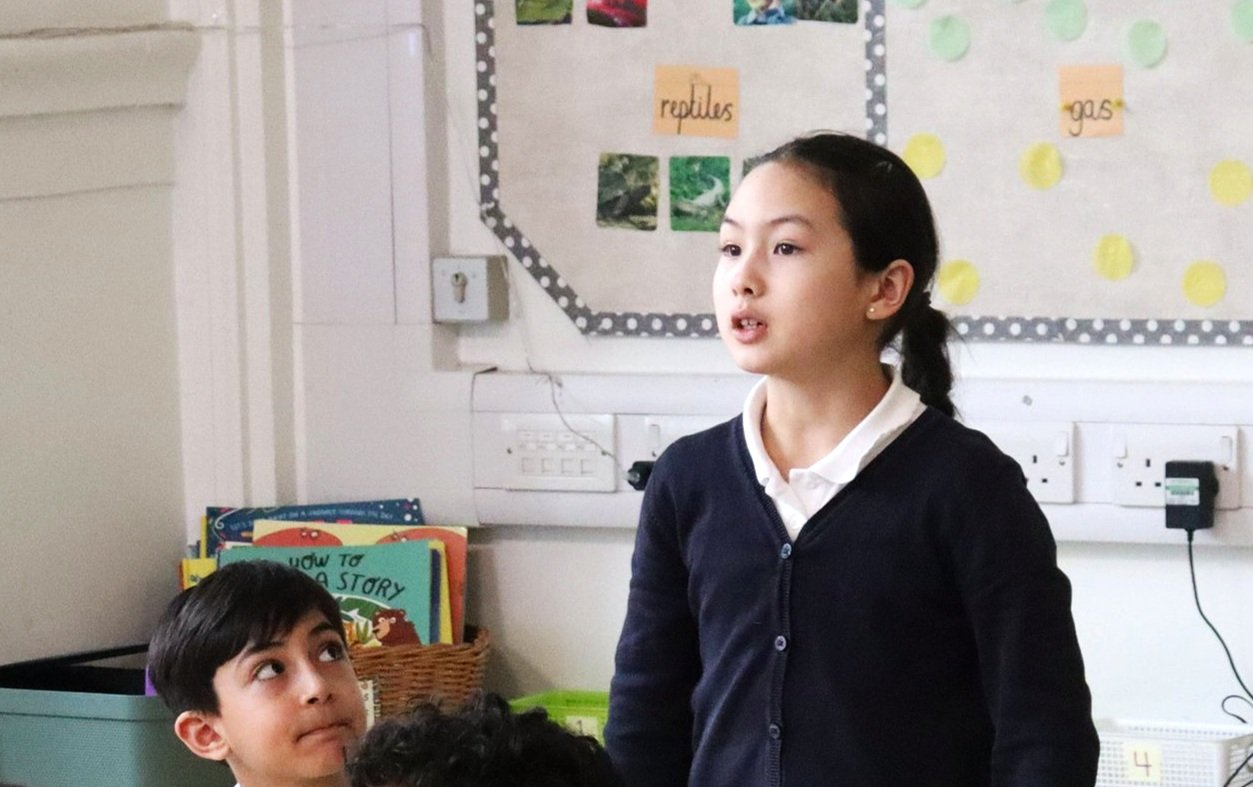










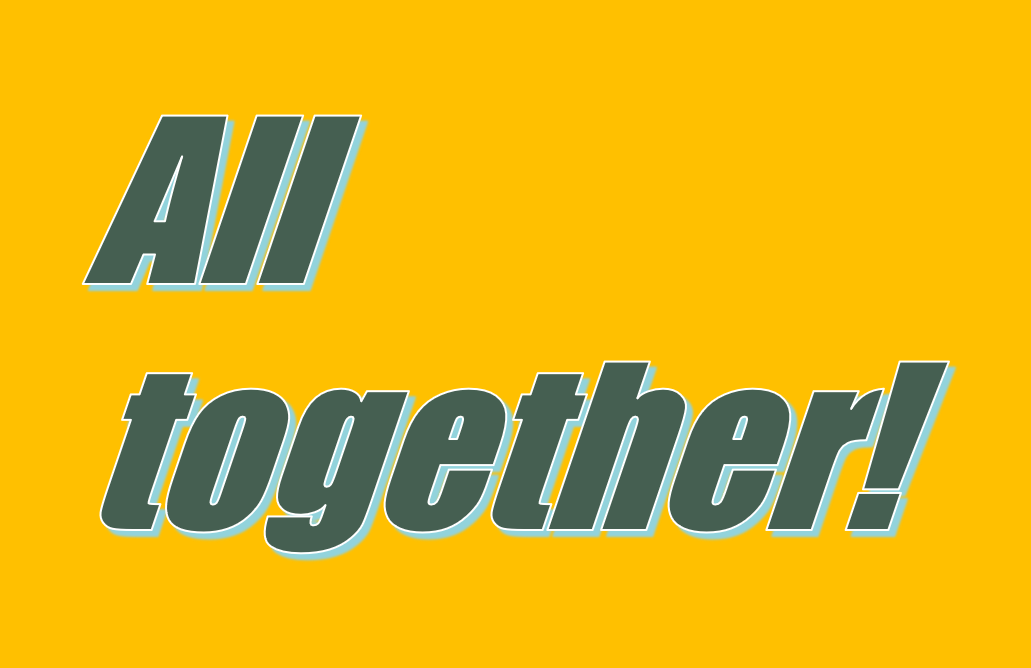

Can they remember what everyone else said?